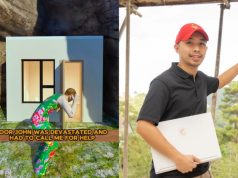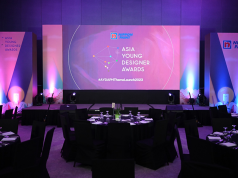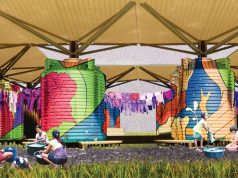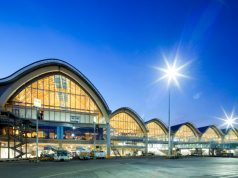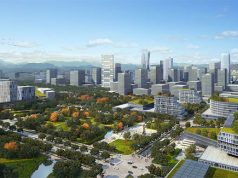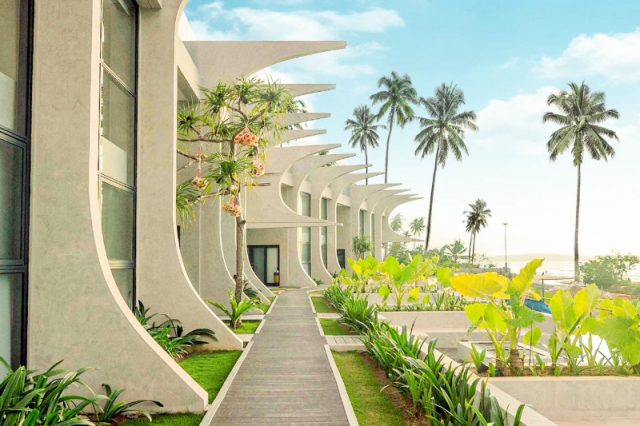
Architects and designers have now become mindful of how buildings and man-made structures blend and integrate with their natural environment.
This is the insight shared by Paul Finch, program director of the prestigious World Architecture Festival (WAF), in an interview with Interaksyon recently.
Finch regularly sees designs for future projects and completed buildings as part of WAF, an annual live architectural awards program said to be the largest in the world.
Hence, he constantly sees what issues and problems contemporary architects — including those from the Philippines — are trying to address with their designs.
And in the past two to three years, Finch says the “big trend” among projects being submitted to WAF “is the return to nature.”
“We see a lot of projects where the difference between man-made and natural environment, there’s an attempt to blend them or make them respond to each other,” he said.
This means that how land integrates with human-made structures and features is “becoming more important” in terms of design.
Finch explained: “In a way, you start to see projects first as a landscape proposition. That’s a piece of the Earth; what’s going to happen to it? It’s going to have a building on. But what happens to the Earth, the ecology, the nature and the biodiversity? And when you’re building on land, can you replace that lost land in the building?”
This resulted in increase of roof gardens, terraces and “trees coming out of the balconies” in many modern buildings.
Finch added that the concept of combining nature and man-made features is not a new idea. It has been a constant feature in many Asian designs over the years, he said.
But the trend has become global, especially with the recent push for sustainability. “Now this idea has stood the test of time,” Finch said.
He added that energy considerations have become a constant in modern design, with many shortlisted entries at WAF “to have considered energy as a big feature of the design.”
Drivers of change
The 2023 World Architecture Festival will happen from November 29 to December 1 at the Marina Bay Sands in Singapore.
This year, at least 11 shortlisted entries — out of the 477 total vying for the top prizes in their respective categories — are Filipino projects. In the completed projects category, among the Filipino projects shortlisted are:
- Damosa Diamond Tower by Projects Design Plus Architecture Management Corp.
- Manta Corporate Plaza by Archion Architects
- The Hotel Elizabeth Resort and Villas by Carlo Calma Consultancy Inc.
- Pangasinan Barangay Centers by Buensalido Architects
As the event gathers architects and designers from all over the world, WAF allows people in the architecture and design industries to witness what their contemporaries are thinking and doing, to see what design problems certain countries encounter and how professionals solve them.
“What we’re looking at is what are the drivers of how designers think about the challenges they’re facing. There are obvious big ones like carbon and climate, those big issues. But when you get down to a specific issue, what makes then doing a specific way? So it’s partly the drivers in relation to specific design and the drivers that are coming from the outside.” Finch said.
Finch added that this kind of exposure will allow them to become “part of the solution.”
“What’s interesting is you see the same challenges being addressed by different countries, but more importantly, different cultures and different climates trying to address the same issues,” he explained.
This year, China, Australia, United Kingdom, India and USA are the countries with the most shortlisted entries.
Many Southeast Asian countries have been submitting entries to the festival in the past couple of years, however.
“The Philippines is interesting because we’ve got very little (submitted entries) until recently,” Finch said.
Water and housing product manufacturer LIXIL — the company behind brands such as American Standard and Grohe — has been supporting WAF for several years now.
LIXIL Philippines also supports Philippine participants of the architectural event. It held a WAF roadshow last month to encourage more local designers and architects to submit entries to WAF and think of designs that solve current issues and challenges.




